Peyote
$200.00 Original price was: $200.00.$199.00Current price is: $199.00.
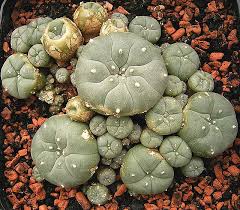
Peyote is a small, spineless cactus that contains several psychoactive compounds, most notably mescaline.
Buy Peyote
click Here! to join our telegram
Order mescaline online
Peyote is a small, spineless cactus that contains several psychoactive compounds, most notably mescaline. Mescaline is a naturally occurring psychedelic compound that produces profound alterations in perception, cognition, and mood. Here are some of the effects commonly associated with the use of peyote:
1. Altered perception:
One of the most prominent effects of mescaline is a distortion of sensory perception. Users may experience changes in how they perceive colors, shapes, and patterns. Objects may appear to vibrate, distort, or take on new meaning. Some individuals report enhanced appreciation for music and art.
2. Hallucinations:
mescaline can induce visual hallucinations, where users see objects or scenes that are not actually present. These hallucinations can range from mild distortions to vivid, dream-like experiences. They are typically described as colorful and intricate.
3. Euphoria and emotional effects:
Many users report feelings of intense euphoria and well-being while under the influence of mescaline This can be accompanied by a sense of unity and connection with others and the surrounding environment. However, some individuals may also experience anxiety, confusion, or even dysphoria during a mescaline trip.
4. Time distortion:
mescaline can alter one’s perception of time, leading to a sense of time dilation or contraction. Minutes may feel like hours, or hours may pass by in what seems like minutes.
5. Spiritual and introspective experiences:
mescaline has a long history of use in religious and spiritual ceremonies among indigenous cultures. Many users report profound spiritual or mystical experiences, feelings of interconnectedness, and a deeper understanding of oneself and the universe.
6. Physical effects:
mescaline can also produce various physical effects, including increased heart rate, elevated blood pressure, dilated pupils, dry mouth, and sweating. Some users may experience tremors, nausea, or vomiting, especially during the early stages of the trip.
Buy mescaline

It is important to note that the effects of mescaline can vary widely depending on the individual, the dose, the setting, and the user’s mindset. Additionally, peyote is considered a Schedule I controlled substance in many countries, and its use outside of religious or cultural contexts is illegal. If you are considering using mescaline or any other psychoactive substance, it is crucial to research the potential risks and legal implications and to approach such experiences with caution.
peyote online
How is mescaline produced
mescaline scientific name: Lophophora williamsii) is a small, slow-growing cactus that is native to the southwestern regions of the United States and northern Mexico. Here is a general overview of how mescaline is produced:
1. Growth and cultivation:
mescaline cacti grow naturally in arid desert regions. However, due to overharvesting and habitat destruction, wild populations of peyote have significantly declined. As a result, peyote is now primarily cultivated for its religious and ceremonial use.
2. Seeds and propagation:
mescaline can be propagated from seeds or by replanting the “buttons” or small offshoots that grow from the base of the cactus. Seeds are typically collected from mature peyote plants, and they can be germinated and grown in a controlled environment such as a greenhouse or specialized nursery.
3. Soil and environmental conditions:
mescaline requires specific growing conditions to thrive. It prefers well-draining soil with a sandy or rocky texture, similar to its natural habitat. The cactus requires plenty of sunlight and warm temperatures, typically between 80 to 90 degrees Fahrenheit (27 to 32 degrees Celsius).
4. Growth and maturation:
mescaline is a slow-growing cactus that takes several years to mature. It can take up to 10-15 years for a peyote plant to reach a size suitable for harvesting. During this time, the cactus forms a compact, round body composed of numerous button-like segments.
5. Harvesting:
When the mescaline buttons reach a desired size, they can be carefully harvested by cutting them from the base of the plant. It is essential to leave a portion of the button attached to the plant to allow for regrowth and sustainability.
6. Drying and preparation:
After harvesting, the peyote buttons are typically dried. This can be done by exposing them to air or using low heat. Drying helps preserve the cactus and concentrates its psychoactive compounds, making it suitable for consumption. It’s important to note that peyote is considered a sacred plant by many indigenous cultures, and its cultivation and use are often protected by law for religious and ceremonial purposes.
In certain regions, such as the United States, the Native American Church has legal exemptions allowing its members to use peyote in religious ceremonies. However, outside of these religious or cultural contexts, the cultivation and use of peyote may be illegal.
Order peyote online
Uses of mescaline
The impacts of mescaline can vary depending on various factors, including the dose, individual sensitivity, set and setting, and the user’s mindset. Here are some of the potential impacts associated with the use of peyote:
1. Psychoactive effects:
mescaline contains mescaline, a potent psychedelic compound that can induce profound alterations in perception, cognition, and mood. The psychoactive effects of peyote can include altered sensory perception, visual and auditory hallucinations, changes in thought patterns, and a sense of expanded consciousness.
2. Spiritual and introspective experiences:
Many users report having intense spiritual or mystical experiences while under the influence of peyote. These experiences may involve a deep sense of connection with oneself, nature, or the divine, and can lead to profound insights and personal growth.
3. Emotional effects:
mescaline can evoke a wide range of emotions, including euphoria, joy, awe, and a sense of inner peace. However, some individuals may also experience anxiety, confusion, or dysphoria during a peyote trip, particularly at higher doses or in challenging emotional or psychological states.
4. Altered perception of time and space:
mescaline can distort one’s perception of time, making minutes feel like hours or hours pass by quickly. Additionally, users may experience a sense of interconnectedness with the environment and a blurring of boundaries between oneself and the external world.
5. Physical effects:
mescaline can produce various physical effects, including increased heart rate, elevated blood pressure, dilated pupils, dry mouth, and sweating. Some users may also experience tremors, nausea, or vomiting, particularly during the early stages of the trip.
6. Potential risks and challenges:
While mescaline is generally considered to have a relatively low potential for physical harm, there are some risks associated with its use. These can include psychological distress, panic reactions, or an exacerbation of pre-existing mental health conditions.
It is important to approach peyote use with caution, in a safe and supportive environment, and with proper consideration of one’s mental and physical well-being. It’s worth noting that the use of peyote is illegal in many countries outside of religious or cultural contexts. Additionally, the effects of peyote can be highly subjective and influenced by individual differences.

If you are considering using peyote or any other psychoactive substance, it is crucial to research the potential risks, legal implications, and to approach such experiences responsibly.
Impacts of peyote
The impacts of peyote can vary depending on various factors, including the dose, individual sensitivity, set and setting, and the user’s mindset. Here are some of the potential impacts associated with the use of peyote:
1. Psychoactive effects:
mescaline contains mescaline, a potent psychedelic compound that can induce profound alterations in perception, cognition, and mood. The psychoactive effects of peyote can include altered sensory perception, visual and auditory hallucinations, changes in thought patterns, and a sense of expanded consciousness.
2. Spiritual and introspective experiences:
Many users report having intense spiritual or mystical experiences while under the influence of peyote. These experiences may involve a deep sense of connection with oneself, nature, or the divine, and can lead to profound insights and personal growth.
3. Emotional effects:
mescaline can evoke a wide range of emotions, including euphoria, joy, awe, and a sense of inner peace. However, some individuals may also experience anxiety, confusion, or dysphoria during a peyote trip, particularly at higher doses or in challenging emotional or psychological states.
4. Altered perception of time and space:
mescaline can distort one’s perception of time, making minutes feel like hours or hours pass by quickly. Additionally, users may experience a sense of interconnectedness with the environment and a blurring of boundaries between oneself and the external world.
5. Physical effects:
mescaline can produce various physical effects, including increased heart rate, elevated blood pressure, dilated pupils, dry mouth, and sweating. Some users may also experience tremors, nausea, or vomiting, particularly during the early stages of the trip.
6. Potential risks and challenges:
While mescaline is generally considered to have a relatively low potential for physical harm, there are some risks associated with its use. These can include psychological distress, panic reactions, or an exacerbation of pre-existing mental health conditions.
It is important to approach mescaline use with caution, in a safe and supportive environment, and with proper consideration of one’s mental and physical well-being. It’s worth noting that the use of peyote is illegal in many countries outside of religious or cultural contexts. Additionally, the effects of peyote can be highly subjective and influenced by individual differences. If you are considering using peyote or any other psychoactive substance, it is crucial to research the potential risks, legal implications, and to approach such experiences responsibly.
Reviews
There are no reviews yet.
Related products
Uncategorized
Uncategorized
Uncategorized
Uncategorized
Uncategorized
Uncategorized

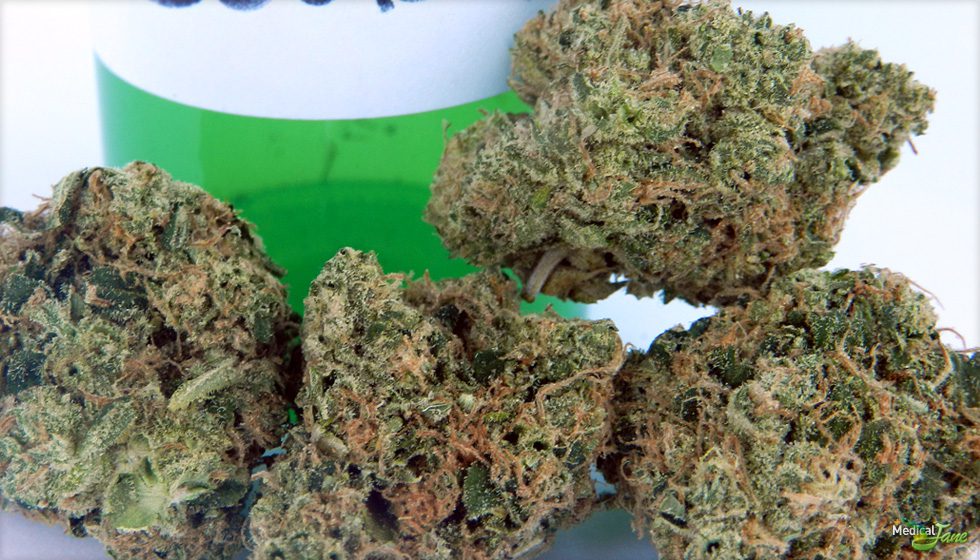
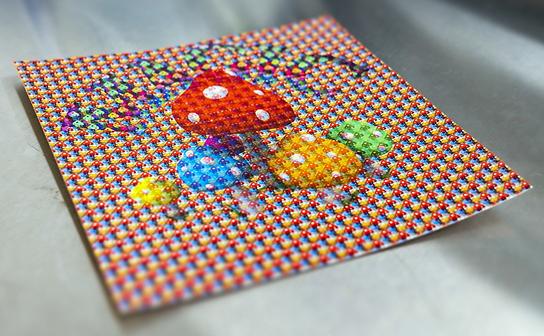
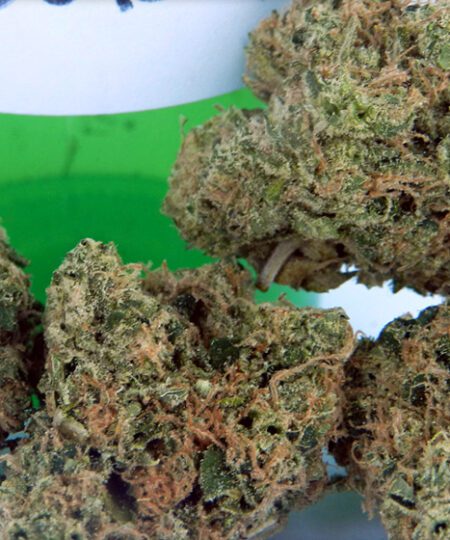
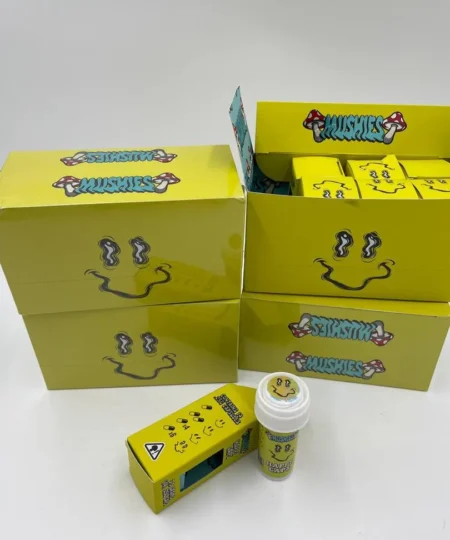
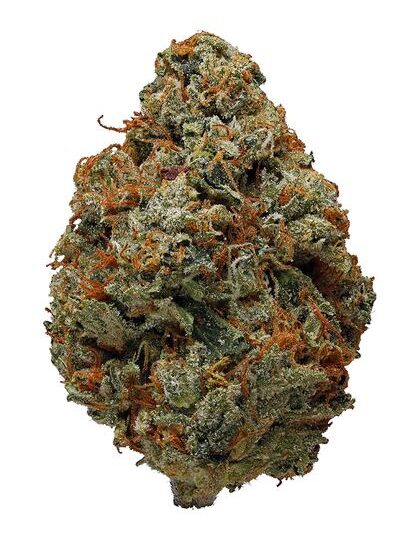
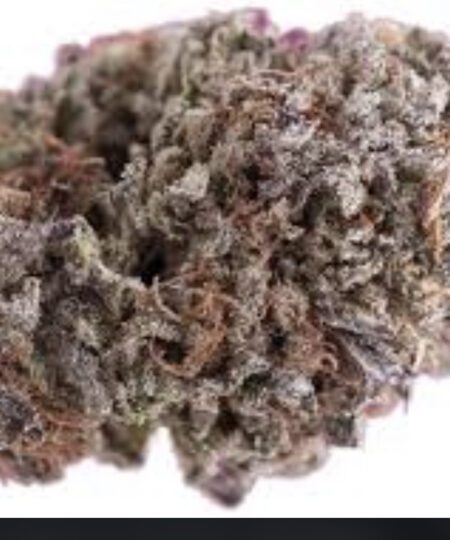
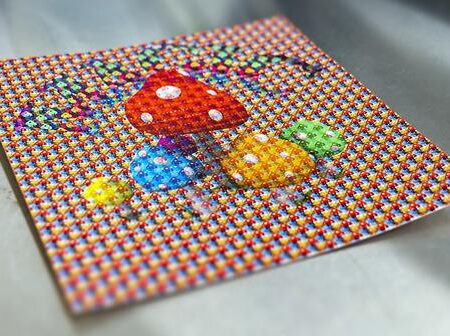

Be the first to review “Peyote”